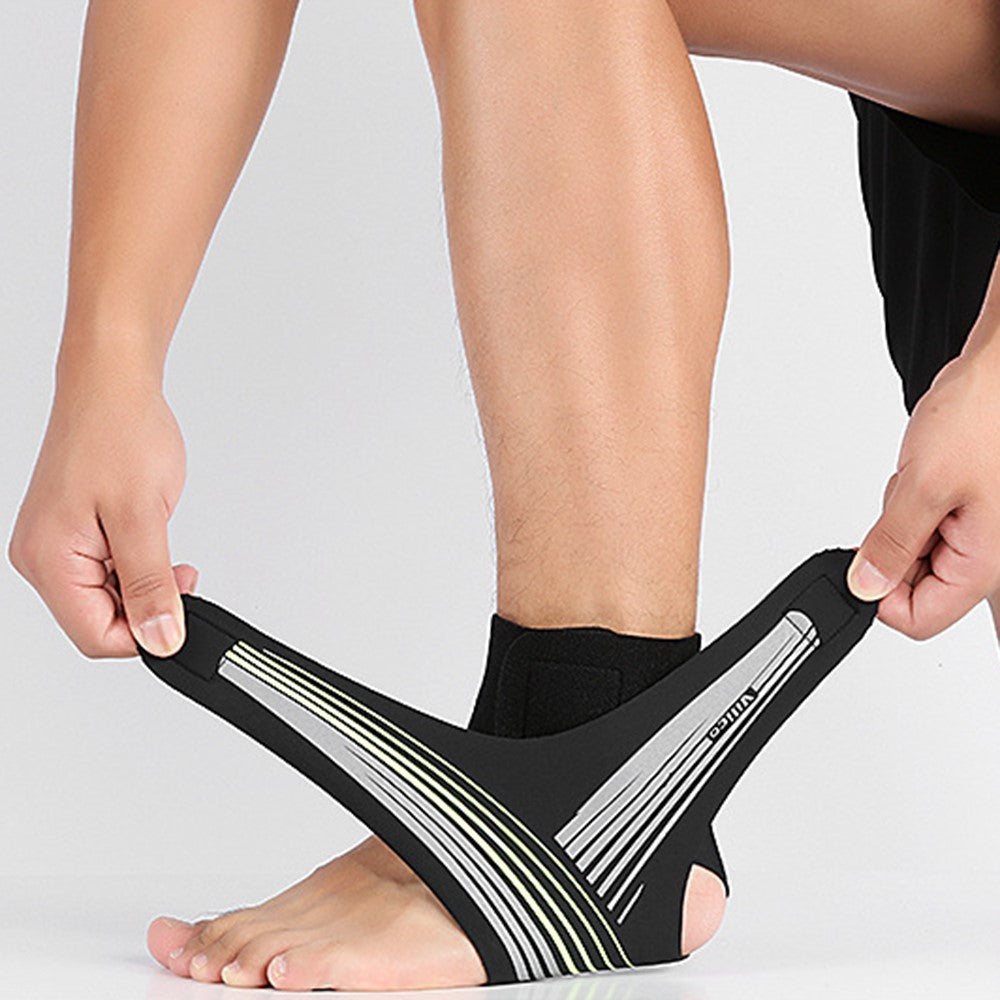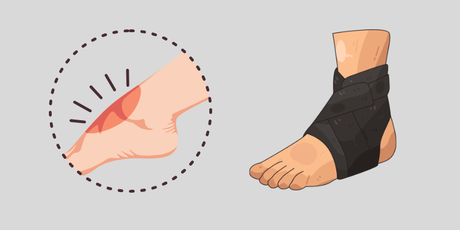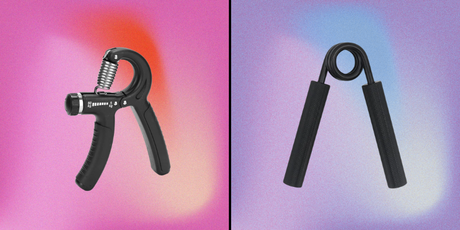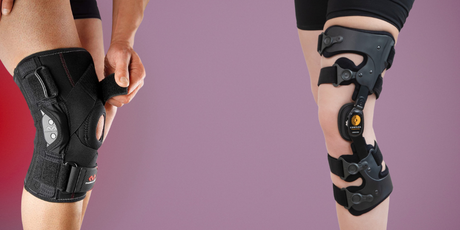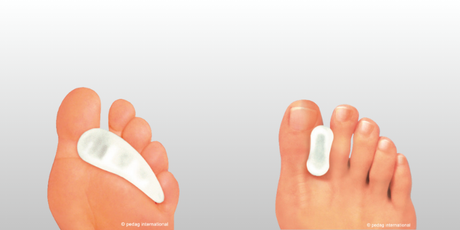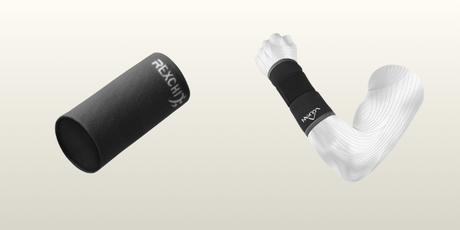A sprained foot involves twisting or turning the ankle in an unnatural way, often resulting in damage to the ligaments that stabilise the ankle. It is a common injury that occurs during sudden movements or when the foot is stepped on at an angle, which can cause pain, swelling and limited mobility. Here we go through the main symptoms, treatments and how to recover from a sprained foot.
Symptoms of a sprained foot
Common symptoms of a sprained foot include:
-
Pain: Immediate pain at the time of injury, often at the side or outside of the ankle.
-
Swelling: Swelling around the ankle, especially on the outside or over the ball of the foot.
-
Bruising: Blood from damaged blood vessels can cause bruising around the injured ankle.
-
Instability: A feeling of instability or weakness in the ankle, which may make it difficult to stand or walk on the foot.
-
Pain on movement: Difficulty turning or moving the foot, especially if you try to support weight on it.
-
Limited mobility: The swelling and pain make it difficult to move the ankle as normal.
Degrees of sprain
A sprained foot can be divided into three degrees depending on the severity of the injury:
-
Grade 1 (Mild): A mild sprain in which the ligaments are stretched, but not torn. Pain is moderate and swelling is limited.
-
Grade 2 (Moderate): Partially damaged ligaments, causing more pronounced pain, swelling and some instability of the ankle.
-
Grade 3 (Severe): A complete rupture of the ligaments, resulting in severe pain, significant swelling and instability of the ankle. This may require professional medical treatment or surgery.
Treatment of a Sprained Foot
Proper treatment after spraining your foot is crucial for a quick recovery and to prevent long-term problems. Here are the main steps to follow when treating a sprained foot:
1. R.I.C.E. Method (Rest, Ice, Compression and Elevation)
-
Rest: Avoid putting weight on the foot immediately after the injury to allow the ligaments to begin to heal. Use crutches to avoid putting weight on the foot.
-
Ice: Apply ice to the ankle for 15-20 minutes every hour for the first 48 hours to reduce swelling and relieve pain. This also helps to reduce inflammation.
-
Compression: Use an elasticated bandage to provide light pressure and support, which can help reduce swelling.
-
Elevation: Elevate the foot as much as possible, preferably above heart level, to help reduce swelling and promote blood flow.
2. Support and Stabilisation
To give the ankle extra support and stability, use an ankle brace or orthotic (supportive bandage) to keep the ankle in the correct position and reduce the risk of further injury.
3. Rehabilitation and Strength Training
Once the pain and swelling have subsided, you can start with light rehabilitation. This includes exercises to strengthen the ankle and improve mobility. It is important to gradually resume activities and increase the load on the ankle once it feels stable enough.
5. Gradual loading
Once the ankle is strong enough, you can start supporting weight on the foot again. However, avoid putting too much weight on the foot too soon - this can cause a relapse or prolonged healing time.
Preventive Measures for Sprained Foot
To reduce the risk of sprains recurring, you can follow these prevention tips:
-
Strengthen the ankle: Do exercises that strengthen the muscles of the foot and ankle, reducing the risk of twisting or injuring the foot.
-
Wear the right shoes: Make sure you wear shoes that provide good support and stability. Avoid walking on uneven or slippery terrain without proper protection.
-
Warm up properly: Before engaging in activities that put strain on the foot, do a thorough warm-up to prepare the ankle.
-
Pay attention to the surface: Avoid walking on slippery or uneven surfaces where you can easily twist your foot.
When should you seek medical attention?
You should seek medical attention if:
- The pain is not relieved by painkillers or if the swelling does not go down within a few days.
- You have difficulty putting weight on your foot or cannot walk on it at all.
- There are visible deformities in the ankle or foot, or it appears to be twisted incorrectly.
- You suspect a fracture (broken bone) or if the injury feels unusually severe.
A doctor may carry out a physical examination and, if necessary, X-ray the ankle to rule out fractures or more serious injuries.
Summary
A sprained foot can cause pain, swelling and limited mobility. Using the R.I.C.E. method to manage swelling and pain, wearing the right ankle brace, and performing rehabilitation exercises can help you recover quickly. It is also important to strengthen the ankle to prevent future injury. Remember that if the injury is serious or if symptoms do not improve, you should seek professional care.
